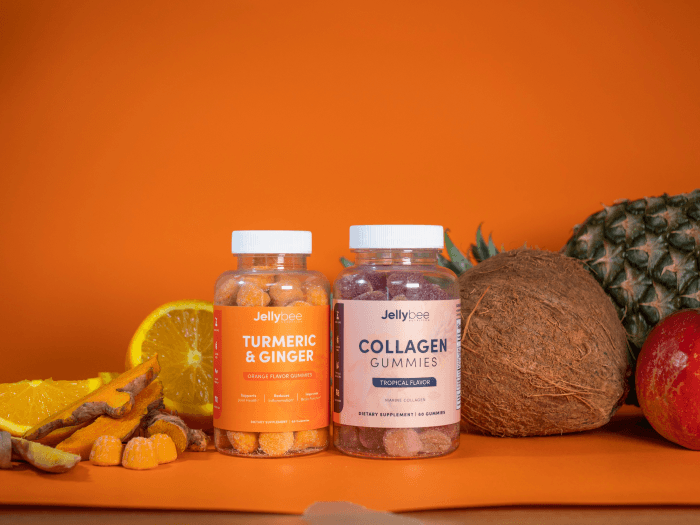If you've received a Section 2(d) refusal, it means the USPTO considers your mark to be confusingly similar to a previously registered US trademark.
Chances of overcoming a Section 2(d) refusal can vary a lot depending on the case, but the most common strategies include:
- Providing an explanation as to why the two marks shouldn't be viewed as similar,
- Amending the list of goods and services to avoid the overlap in your and the other brand's offering,
- Contacting the other party and asking if they wouldn't be willing to sign a co-existence agreement.
Since this type of office action requires a thorough preparation of a response (or a negotiation with the other trademark's owner), it's highly advisable to consult an experienced trademark attorney who can help you choose the best course of action and carry out the necessary steps to save your trademark.






